There are 4 things every house needs to control (in order of importance):
- Water
- Air
- Vapor
- Thermal
The building codes have dictated the Thermal/Vapor Control that builders must adhere to, and nearly every builder in the US knows off the top of their head the R-value of the insulation in their walls/attics. But, until recently the building codes haven’t addressed air control. The 2012 IRC now dictates that builders in my climate zone need to achieve a Blower Door test of 5ACH50 which is actually pretty tight and will make quite a few builders need to research air sealing methods in order to truly reach this level of air-tightness. As an aside, it’s interesting that codes barely touch on water control which is of course the most important control layer on any house. What difference does it make what R-value your wall has if water is getting into that wall through a leaky window, or a poorly sealed plumbing or hvac penetration?
So, in my quest to build ever tighter houses I’ve decided that my goal is for every house I build to get as close to 1ACH50 as possible. Not every house I build will get to this standard as I’m sometimes limited by the Architecture on the weather-stripping of exterior doors. I’ve found that sliding glass doors, custom doors, “store front”, and other Architecturally cool doors can really kill my blower door tests.
If you’ve followed my blog, I’ve used a ton of different methods to air seal inside a house. Spray foam, Owens Corning Energy Complete, Caulking, etc. Using these methods I’ve been able to get most houses below 2.5ACH50. But, to reach that goal of 1ACH50 I’ve decided to take a page from the PassiveHouse playbook and tape my exterior sheathing seams. In reading Martin Holiday’s “Tape Test” article from March 2013 Fine Homebuilding, I thought that Siga Wigluv was the clear winner as the best tape for OSB sheathing seams. Martin’s article says that it’s best to use a primer and I fully agree. I bought my Siga tape online from SmallPlanetWorkshop.com along with the Siga accessories. I also recommend using a J-Roller to roll out the tape and ensure good adhesion. Here’s some photos of the install process:
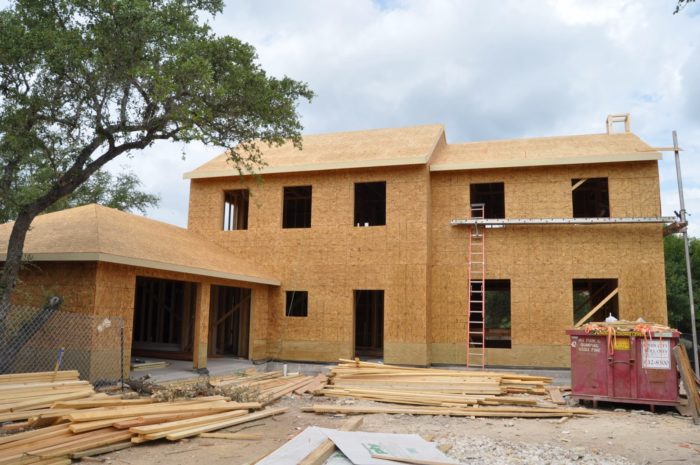
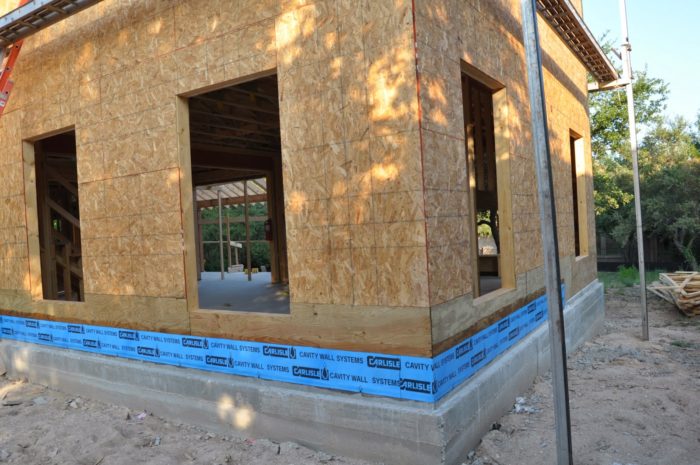
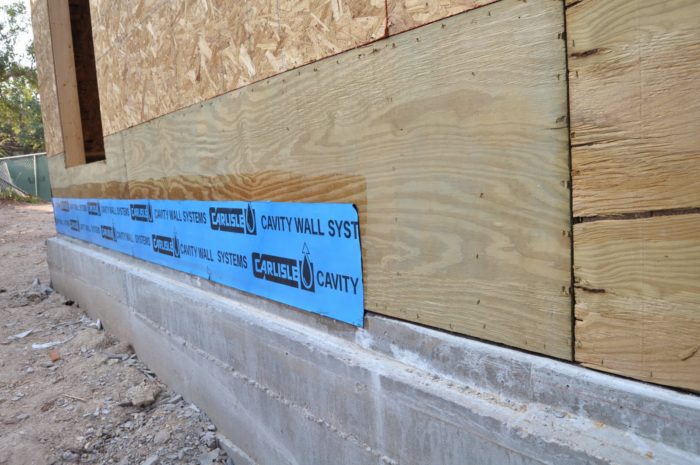
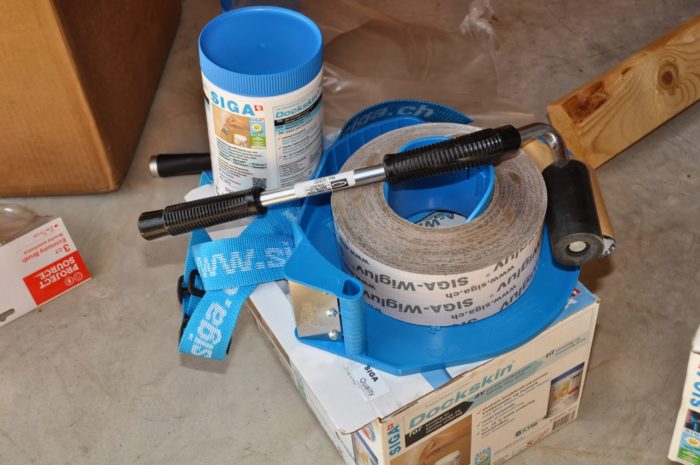
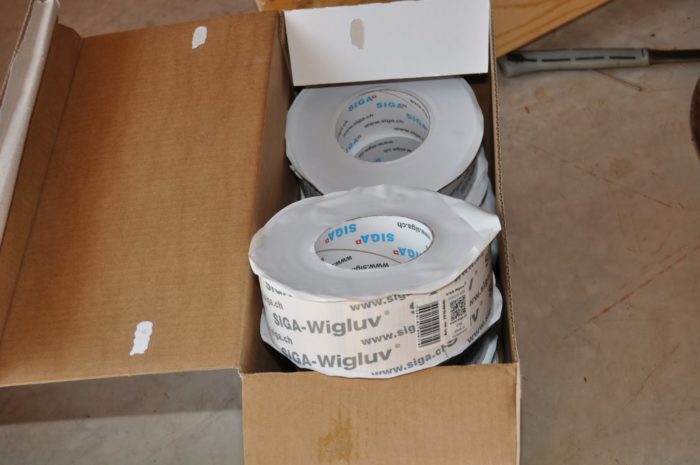
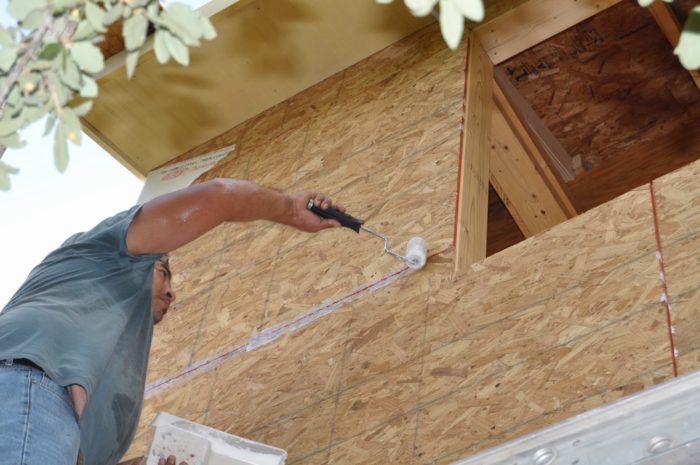
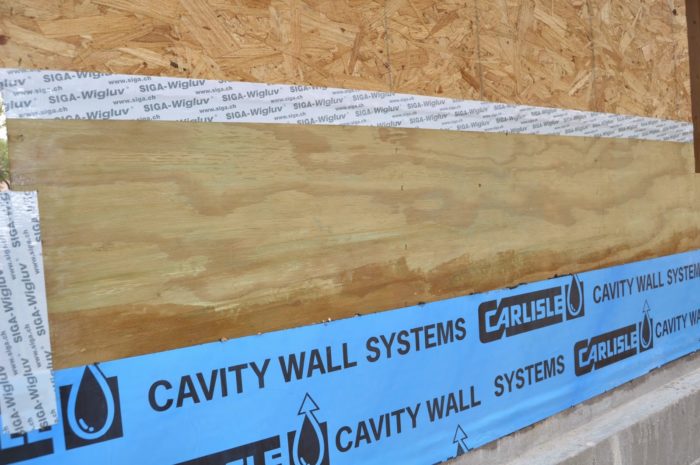
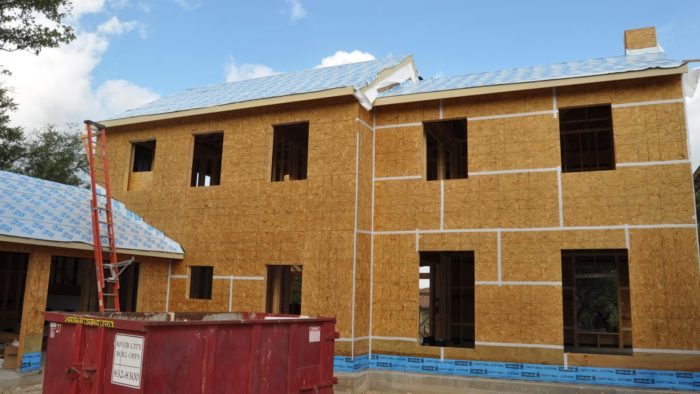
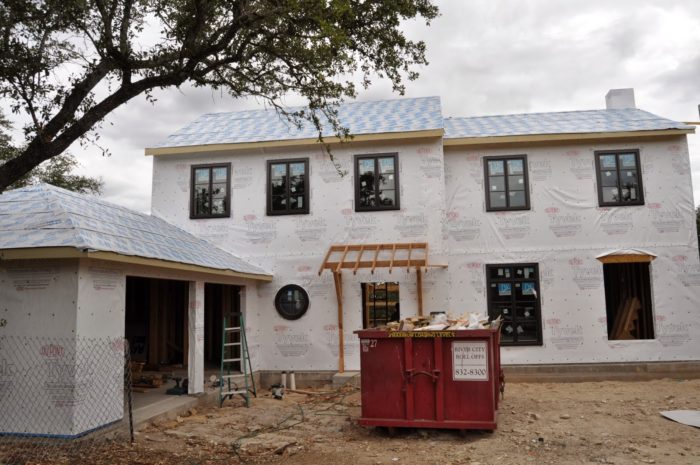
Unfortunately, I’ve been waiting on the rear and front doors for this house so I’ve not been able to perform the blower door test! I’m expecting this house to get very close to my goal of 1ACH50! I’ll post and update to this blog post once I get the results. Overall, I’m really happy with this Siga Tape and I think this method is superior from an Best Practice standpoint on that list of Control Layers.
Best,
Matt Risinger
– Risinger Homes in Austin, TX
Risinger Homes is a custom builder and whole house remodeling contractor that specializes in Architect driven and fine craftsmanship work. We utilize an in-house carpentry staff and the latest building science research to build dramatically more efficient, healthy and durable homes.
Be sure to check out my video blog on YouTube, and follow me on Twitter @MattRisinger


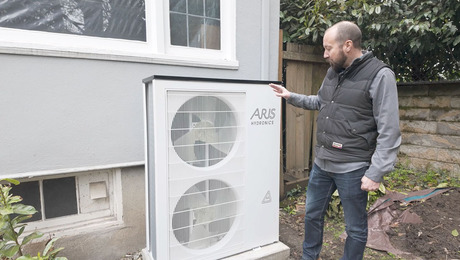
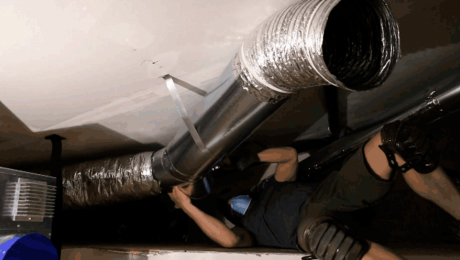






















View Comments
I have followed these concepts because are almost ready to break ground. Rather than OSB, we plan to use insulated ZIP panels and zip tape. At the rim joist, we plan to use Ice and Water shield materials. I would apprecite your comments.
Matt, Thanks for the video. Tapes applied to sheathing as an air sealing strategy are an interesting alternative. I noticed the transition to plywood at what appears to be the band joist area for the first floor, and the use of the Carlisle Self-Adhering Thru-Wall Flashing. Would you discuss the details of both the use of the plywood and the Carlisle product?
Thanks,
Armand
Matt, Thanks for the video. Tapes applied to sheathing as an air sealing strategy are an interesting alternative. I noticed the transition to plywood at what appears to be the band joist area for the first floor, and the use of the Carlisle Self-Adhering Thru-Wall Flashing. Would you discuss the details of both the use of the plywood and the Carlisle product?
Thanks,
Armand
I wish Matt built houses in the Denver, Colorado area.
@mjncad: I wish I built there too! Just Austin, TX for the foreseeable future. Best, Matt
@ArmandM: I like to use Pressure Treated plywood for the bottom 2' of my sheathing. In my years of remodeling almost all the rot on exterior walls happens in this zone, so this is my belt/suspenders method to ensure durability of the wall. OSB doesn't react well over time to the presence of moisture. The Carlisle CCW 705 is a 40 mil product that I run over the foundation and up the wall a foot. This helps protect the bottom of the sheathing and gives a nice lap at the bottom of my Tyvek weather barrier. I did a video on this method you can see here.
http://youtu.be/H4eUGi4uWgM
Best, Matt
@ptermin: I've not used Zip yet, but I would be sure to detail the taped joints exactly as specified by the manufacturer and do a thorough inspection prior to moving on to cover. I would also highly recommend an air gap behind your cladding in front of the Zip (rain screen). I think Ice/Water at the rim joist is a great idea for air & water infiltration of this notoriously leaky area of a house. Let me know what you think of the insulated Zip.
Best, Matt
minncad, I know a couple passive house trained builders in the Denver area and am pretty active with the local PHA (Passive House Alliance) chapter. you can reach me at (3 zero 3)seven 4 eight - 4 three 1 five.
Great article Matt. SIGA is the best product out there for air sealing. SIGA is the market leader in Europe where Passive House is becoming code in some countries - SIGA helps to make the air sealing standard (0.60 ACH 50) more predictable. On your next project, you might consider the Majvest product. It is an air tight weather barrier - replaces tyvek.
Nice details, Matt. Good stuff here. Was this your first go with DrainWrap? I'm not a big fan of how it stretches (flattens out the crinkles) as you pull it tight. That said, I'm currently using HydroGap on a re-siding job and have been liking it.
Matt, have you done a blower door yet? If so, what is the size (sq ft) of the house? We used Zip Wall with the taped joints on a project of about 2200 sq ft. The Zip Wall was our exterior air barrier. Because of a window delay we were able to test the house as a zip wall box, we achieved 32 cfm/50 with the blower door test.
All this sealing of a house is for a better, safer, and more efficient home, yet I continue to see OSB used for sheathing on so many houses throughout the country.
OSB has so many dangerous off-gassing chemicals (Such as formaldehyde as just one example), that I never use it in building. I tell homeowners to pay a little extra and use plywood sheething. I am dismayed at the lack of attention this gets in the Home Building industry. If we want more efficient homes, more eco-friendly homes, safer homes, then why do we (as an industry) insist on using such an extremely unhealthy product.
I am not some tree-hugging environmental wacko (In fact I have great skepticism regarding global warming and it's causes), but facts are facts. OSB is a very unhealthy product.
Well done..Keep it up..